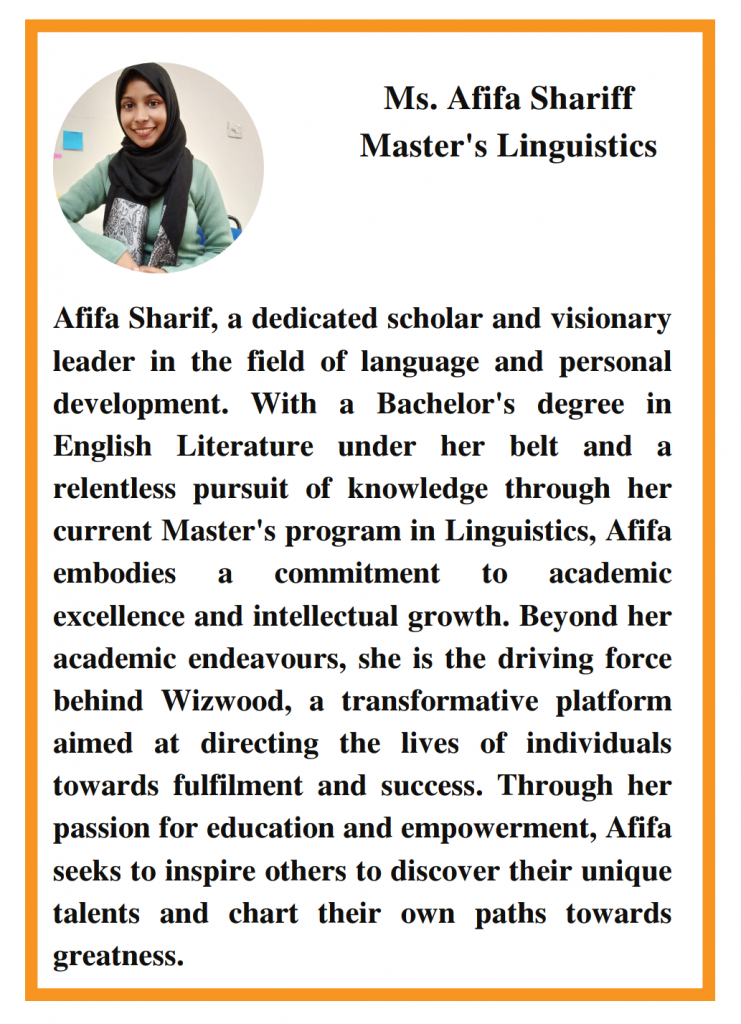In a recent study conducted by mental health experts, the role of creative outlets such as art and music in promoting mental wellness has come to the forefront.
With increasing stressors and pressures in today’s society, individuals are turning to these expressive mediums as a means of finding solace and healing.
Art therapy, a practice that involves the use of visual arts to explore emotions and promote self- expression, has gained significant traction in recent years. Participants engage in activities such as painting, drawing, and sculpting under the guidance of trained therapists, allowing them to delve into their innermost thoughts and feelings in a supportive environment. Through this process, individuals are able to gain insights into their emotions and experiences, leading to increased self-awareness and emotional resilience.
Similarly, music therapy has emerged as a powerful tool for promoting mental wellness. By engaging in activities such as playing instruments, singing, and listening to music, participants are able to tap into the therapeutic benefits of sound and rhythm.
Music has been shown to reduce stress, anxiety, and depression, while also improving mood, concentration, and overall well-being.
Individuals who have benefited from these creative interventions. Take the case of Emily, a young woman struggling with anxiety and depression. Through weekly art therapy sessions, Emily was able to channel her emotions into vibrant and expressive paintings, finding a sense of catharsis and empowerment in the process. Likewise, James, a high school student overwhelmed by academic pressures, found solace in music therapy, using music as a means of relaxation and self-expression amidst the chaos of his daily life.
As awareness of the therapeutic benefits of art and music continues to grow, there is a growing movement towards integrating these practices into mainstream mental health care. Schools, community centers, and healthcare facilities are increasingly offering art and music therapy programs to support individuals in their journey towards mental wellness.
The transformative power of art and music in promoting mental wellness cannot be overstated. As society grapples with rising rates of stress, anxiety, and depression, these creative outlets offer a beacon of hope and healing for individuals seeking relief from the burdens of modern life. As we move forward, let us continue to explore and embrace the potential of art and music as tools for nurturing our mental well-being and enriching our lives.
In a bid to foster holistic development and nurture student creativity, educators across the nation are embracing arts and music as integral components of the learning experience. Recognizing the importance of providing students with diverse avenues for expression, teachers are integrating arts and music into their curriculum and extracurricular activities.
From incorporating visual arts projects into science and history lessons to organizing music performances and drama productions, teachers are finding innovative ways to infuse creativity into the classroom. By creating a supportive environment that encourages experimentation and self-expression, educators are helping students develop essential skills such as critical thinking, communication, and collaboration.
Moreover, teachers are leveraging technology to expand access to arts and music education, utilizing digital tools and resources to facilitate remote learning and virtual performances. Through these efforts, educators are empowering students to explore their artistic talents, express themselves authentically, and develop a lifelong appreciation for the arts.
As schools continue to prioritize the holistic development of students, the integration of arts and music into the curriculum serves as a testament to the transformative power of creativity in education. By embracing arts and music, teachers are enriching the learning experience and equipping students with the skills they need to succeed in an increasingly complex and dynamic world.
Students and teachers are encouraged to integrate arts and music with academics, fostering self-expression, creativity, and personal growth. This holistic approach enriches lives and communities by developing cognitive, emotional, and social skills.
About the Author


